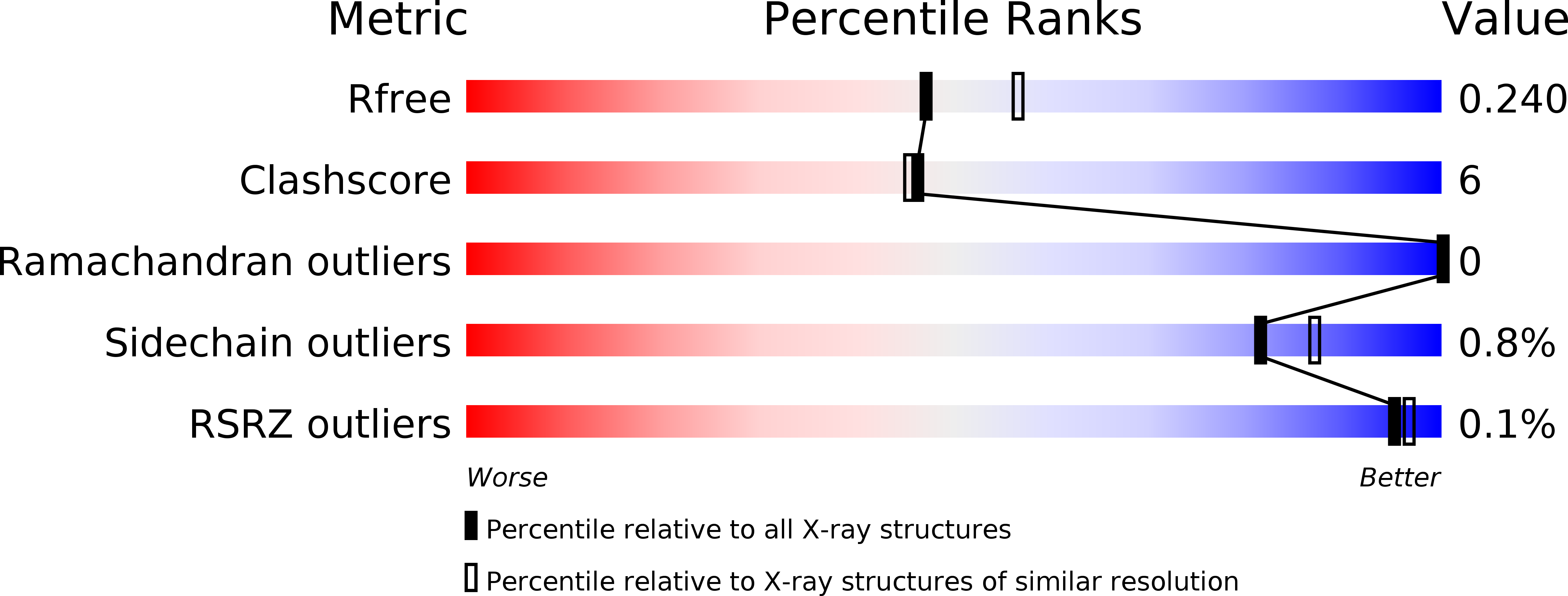
Deposition Date
2015-02-18
Release Date
2016-03-09
Last Version Date
2023-09-27
Entry Detail
PDB ID:
4YB5
Keywords:
Title:
Adenosine triphosphate phosphoribosyltransferase from Campylobacter jejuni in complex with the allosteric inhibitor histidine
Biological Source:
Source Organism:
Campylobacter jejuni (strain RM1221) (Taxon ID: 195099)
Host Organism:
Method Details:
Experimental Method:
Resolution:
2.24 Å
R-Value Free:
0.23
R-Value Work:
0.20
R-Value Observed:
0.21
Space Group:
P 1 21 1


